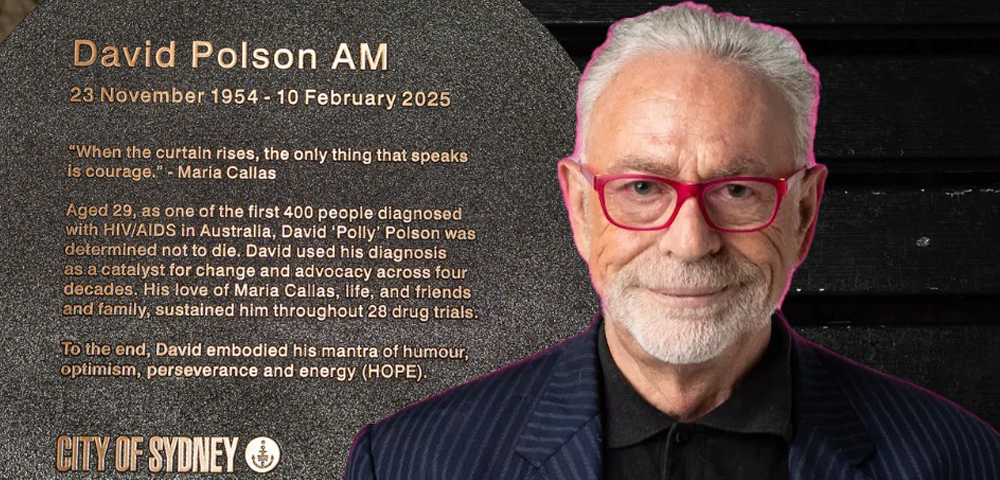
What’s in your drugs
One of the first sessions I attended at the Club Health 2002 Conference in Italy was to do with cocaine users and the harm reduction strategies they use to ensure quality control. We know that there are many social rituals around drug use. They concern, amongst other things, the methods of taking the drug and ways of preventing untoward effects.
This study presented data on the purity of cocaine and users’ techniques that are used to control the quality of their cocaine. It examined what users regard to be good and bad quality cocaine and how this helped the user to decide whether or not to buy from a particular dealer. What was particularly interesting about this study was that the findings could be applied to any drug, including ecstasy.
The study was conducted in Antwerp, Belgium, and examined 111 cocaine users. One of the most interesting components of the study was users’ perception of the adulterants used in cocaine. Most users took it for granted that the cocaine they bought was adulterated. Almost one-third of the people interviewed believed that the most common adulterant was speed. Other adulterants mentioned included baby laxatives, novocaine, calcium, caffeine, washing powder, ground glass from strip lights or neon tubes and cleaning powder.
The presenter believed this perception that cocaine is routinely adulterated is also held by some of those involved in drug treatment and law enforcement. Items in the media almost always insinuate that one of the reasons drugs are unsafe is that unscrupulous dealers insert dangerous substances into them. However, data suggests that adulteration with dangerous or poisonous substances is not common.
After so many believing that amphetamine was often present, the study also asked whether the users believed they could detect the presence of speed in cocaine. Almost 90 percent believed they could. Most of these effects were perceived after using the drug, although some users reported that they could tell by the appearance and/or the smell of the cocaine.
The final part of the study involved finding out whether the user would be willing to give a sample of their cocaine for analysis (around 50mg). These samples were tested for impurities and for their content of cocaine hydrochloride. The results were interesting to say the least. The purity of the samples ranged from 29 percent to 92 percent, with the average purity being 74 percent.
Contrary to what users believed, none of the samples contained any amphetamines or any of the dangerous substances such as ground glass, washing powder or strychnine. Even though they believed they were able to tell what was contained in their drug of choice and had a relatively long experience with cocaine, they really had no idea.
No-one really knows what they are taking when they use an illicit drug. How many times have you heard that someone has had a smacky E, implying that it was full of heroin? Research shows that heroin has very rarely been found, if ever, in ecstasy pills, yet the myth persists in doing the rounds. This study confirms that no matter how long you have been using illicit drugs and how expert you believe you are, you simply never know.
Remember: if you do not want any negative consequences, do not use the drug, and no matter how many times you have used a substance, never be blas?










